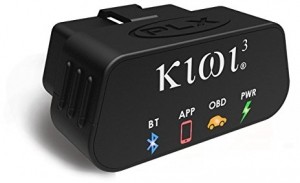Cylinder misfires can lead to poor engine performance and potential damage if left unchecked. Fortunately, with a JDiag OBD2 scanner, diagnosing these issues has become more accessible for car owners and mechanics alike. This guide will walk you through the steps to effectively check for cylinder misfires using your JDiag OBD2 scanner.
A cylinder misfire occurs when one or more cylinders in your engine fail to produce adequate power. This can be due to various reasons, such as faulty spark plugs, fuel injectors, or vacuum leaks. Common symptoms include rough idling, reduced power, and increased fuel consumption. Using an OBD2 scanner like JDiag allows you to pinpoint misfires quickly and accurately.
To begin, ensure your vehicle is safely parked and the engine is turned off. Locate the OBD2 port, typically found under the dashboard on the driver’s side. Plug in your JDiag OBD2 scanner and turn the ignition to the “ON” position without starting the engine.
Navigate to the diagnostic menu on your JDiag scanner and select “Read Fault Codes” or a similar option. The scanner will communicate with your car’s computer and display any stored trouble codes. Misfire codes generally start with “P030” followed by a number indicating the cylinder affected (e.g., P0301 for cylinder 1 misfire, P0302 for cylinder 2, and so on. P0300 indicates a random misfire).
Beyond reading codes, JDiag scanners often offer live data streaming. Access the live data function and look for parameters related to engine misfires, such as “Misfire Counts” for each cylinder. Monitoring these live values while the engine is running, especially under different conditions like idle and acceleration, can help you identify intermittent misfires that may not trigger a fault code immediately.
Regularly checking for cylinder misfires with your JDiag OBD2 scanner can save you from costly repairs down the road. By catching issues early, you can address them promptly and maintain your vehicle’s optimal performance and fuel efficiency.
